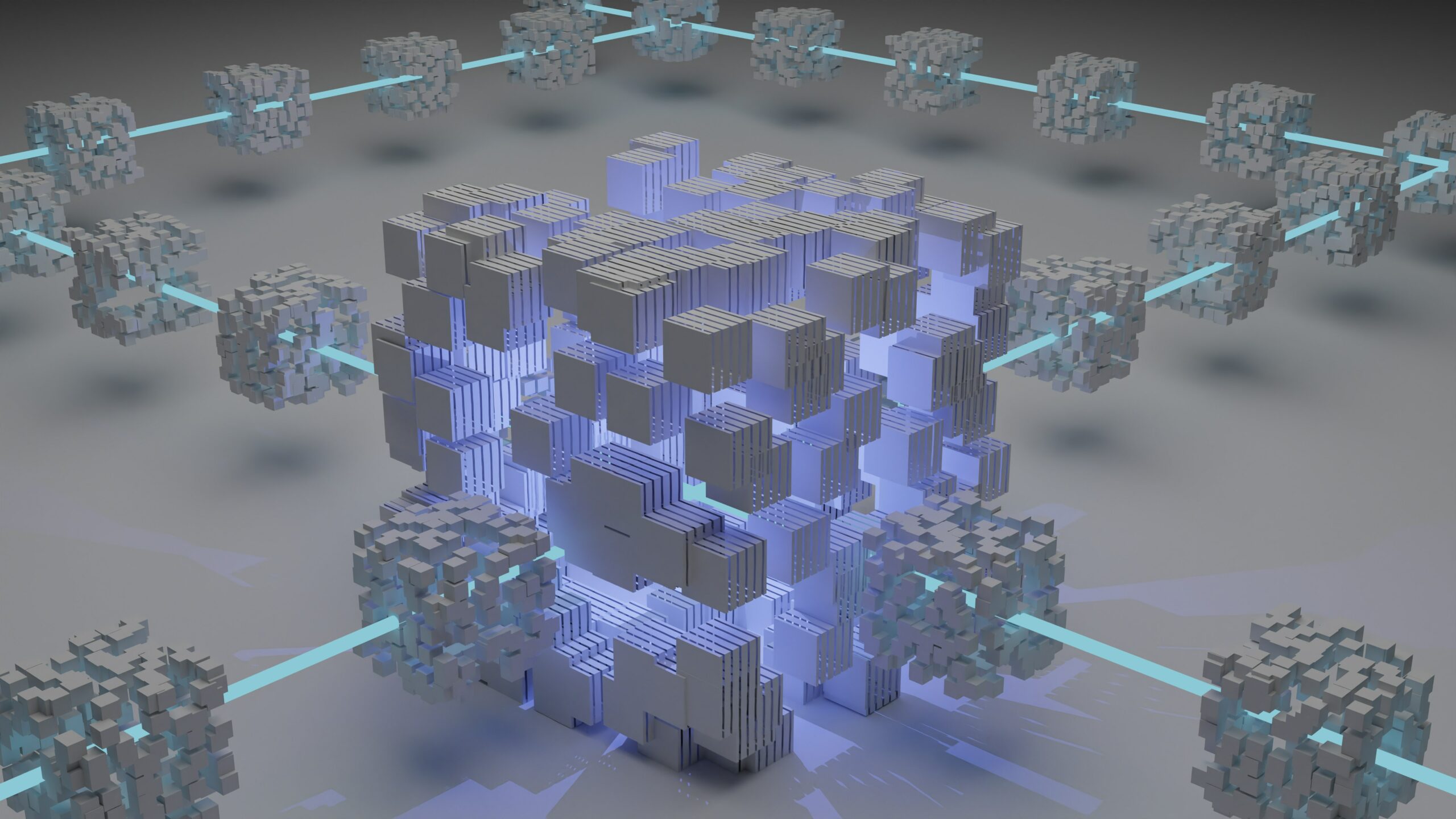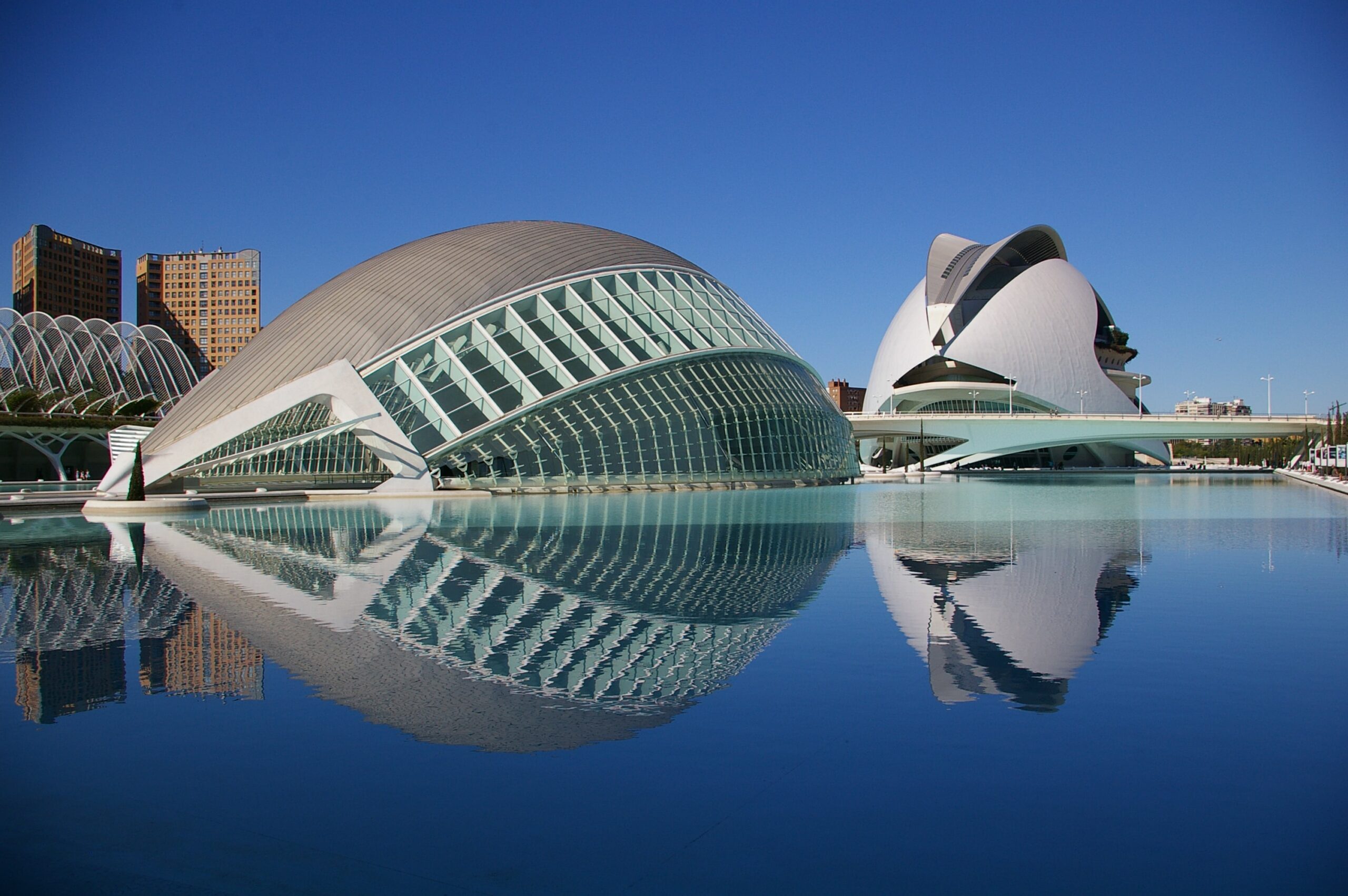How ‘digital twins’ can help us be water-wise
‘Digital twins’ are transforming a wide range of industries from behind the scenes. And fast: the market for this new technology is expected to reach USD $35.8bn by 2025. So what exactly are they, and why are they being touted as the future of water management?
What is a digital twin?

A digital twin is a dynamic, digital replica of an object or system which exists in the real world. Their purpose is to allow analysts to run simulations, stresses, and functionality – in real time – but not in real life. The insights gained from playing out these simulations can then be applied back to the real-world original ‘twin’, saving time and money.
Digital twins can be found everywhere from construction (standing in for real-world buildings, for example) to renewable energy (such as a virtual copy of a wind turbine). When applied to complex systems – such as water management networks – their potential is vast.
Virtual Singapore, a $73-million 3D replica of the city, is detailed enough to track the angle and amount of sunlight hitting a window in any part of the city.
This realism is key to its value: digital twins can withstand interventions which would cause significant damage or disruption in the real world. For instance, testing medical therapies on virtual ‘avatar’ patients without any of the risks, or using computer modelling to understand urban crowd flows during a major pandemic.
If this sounds like existing technology such as Internet of Things (IoT) sensors, cloud computing, mathematical models and machine learning – well, it is.
Digital twins combine these multiple sources of information, interactivity and analytics into one platform. They offer a more comprehensive and cohesive way of exploring data and operating networks. They provide both the big picture and the option to zoom in on the details. And crucially, a digital twin can do all this in real-time, or close to it.
Valencia’s virtual water network

The digitalisation of Valencia’s water system began more than a decade ago, with the integration of network sensors and smart metres (changes which have been credited with saving the operator more than US $7.7 million a year).
Where smart tools typically tackle fragmented issues individually – irrigation equipment or leak detection, for instance – a digital twin can mimic an entire system. The Valencia water twin replicates and runs the region’s main water network, covering 10,000 pipes over 900km, 50 pumps and 250 valves. It’s connected in real time to 430 pressure metres and 200 flow metres.
However, information input is just one layer of the digital replica. The Valencia twin also incorporates a hydraulic model and advanced analytics capabilities to run simulations and forecasts.
As the twin mirrors the real system and has access to historical data, it can predict issues before they happen. For instance, when will demand for services peak, or when will equipment fail? This means solutions can be prepared and tested before they’re needed. Simulations can go further still to model responses to emergencies such as flooding, drought and pollution, or to solve questions of sustainability without disrupting supply.
Future-proofing: water 4.0

Valencia is notable but not the only pioneering example of digital twin technology in the water sector.
Technische Universität (TU) Berlin has created a twin for a pumping station, describing it as a milestone in achieving next-generation water systems, or Water 4.0. The project answers the challenges of increasing urbanisation – i.e., more people and more pollution. Instead of manually clearing sewer blockages caused by wet wipes, the digital twin can predict blockages then run pumps backwards to clear them automatically.
But even as more and more companies and governments are building digital twin technology into their future strategies, some in the industry are saying we might be missing an opportunity.
As each twin replicates a specific asset, there isn’t a one-size-fits-all model yet. In Valencia, for example, it took more than a decade to implement a system tailored to the region’s water needs. Rather than creating digital twins in isolation, and applying their insights to one object or system, should we be sharing those insights more widely?
The Digital Twin Consortium, which works with companies like Dell and Microsoft as well as academia and government, thinks so. They are calling for a more ‘open source’ approach, in which a common ‘backbone’ of technology behind digital twins is harmonised and shared. This, they say, would allow communities with shared interests – such as sustainable water management – to work together and solve common challenges more cost-efficiently.
Improving scalability and safety

Improving interoperability and knowledge-sharing could also help address some of the other concerns about the deployment of digital twins.
The most sophisticated replicas can have very high implementation costs. This cost may have implications for their potential in developing nations, and in particular those with especially high water stress.
And while data is the heart of the technology, it’s also its weakness. It will be vital for operators to secure against hacking and data leaks, including of customer data.
Digital twins may not be adopted at scale overnight, but with huge potential to answer issues of water scarcity and security, the question isn’t when they will appear, but how we can use them to best effect.